Postpublished at 09:49 BST 28 June 2014
The Kaiser and the the assassinated Austrian heir Franz Ferdinand were close personal friends.
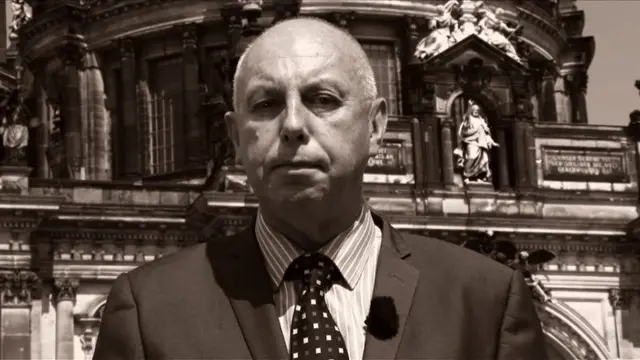
Berlin correspondent Stephen Evans
Watch the full report in the Key Video tab above.
Archduke Franz Ferdinand and his wife Duchess Sophie received fatal gunshot wounds, officials have confirmed
Questions being asked about security arrangements on royal tour
Archduke’s dying words imploring wife to “Stay alive for the children"
Assassin named as Gavrilo Princip, a Bosnian Serb
Earlier this morning the archduke’s motorcade was targeted in a bomb attack, but royal tour continued
The Kaiser and the the assassinated Austrian heir Franz Ferdinand were close personal friends.

Berlin correspondent Stephen Evans
Watch the full report in the Key Video tab above.
Much depends on the way the Austrians see fit to investigate the killing in Sarajevo and if they desire to lay the blame on the Serbs.
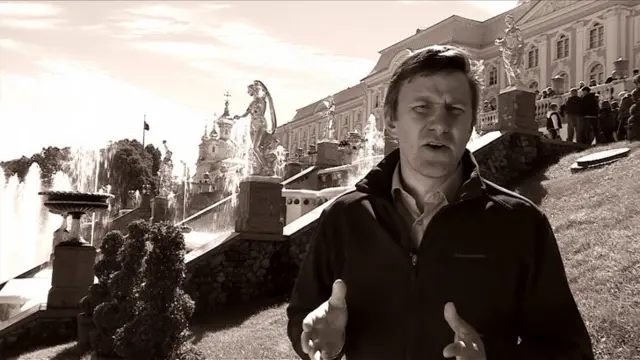
St Petersburg correspondent Oleg Boldyrev.
Watch the full report in the Key Video tab above.
The death of the archduke is battling for space on the front pages of the French newspapers this morning with the other big story of the day.
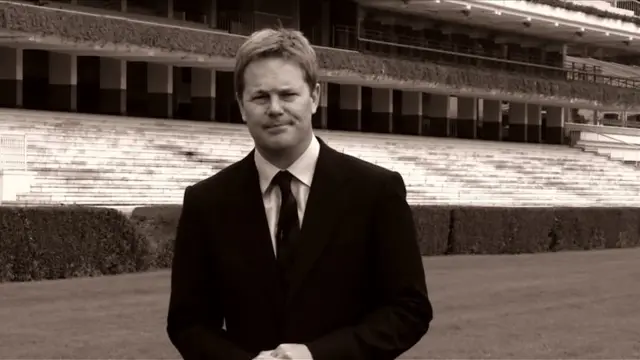
Paris correspondent Christian Fraser.
Watch the full report in the Key Video tab above.
Wild rumours and conspiracy theories are spreading about who may have been behind the murders - was it an inside job?
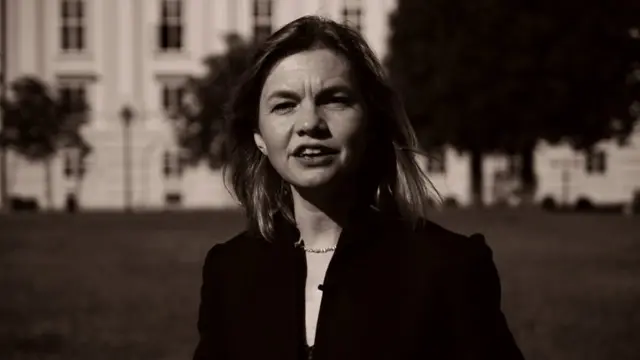
Vienna correspondent Bethany Bell.
Watch the full report in the Key Video tab above.
Germany has been flexing its muscles of late and President Poincare will fear that the Kaiser might seek to exploit an extremely dangerous situation.
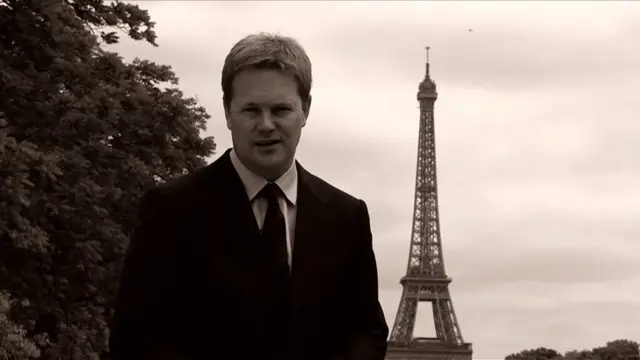
Paris correspondent Christian Fraser.
Watch the full report in the Key Video tab above.
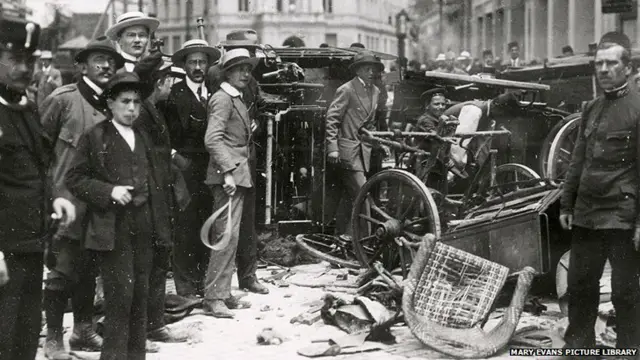 Image source, Mary Evans Picture Library
Image source, Mary Evans Picture LibraryRiots in Sarajevo
In Sarajevo, riots break out in the evening. By early afternoon on Monday 29 June, mobs destroy Serb shops, schools, clubs and houses, as well as demolishing the offices of two Serb newspapers and the city's best hotel, Europa.
One man is killed and 50 injured, some severely. Troops and police clear the streets by late afternoon. The Governor declares martial law at 4pm, with strict curfews and restrictions on numbers. Punishments range from prison sentences to death.
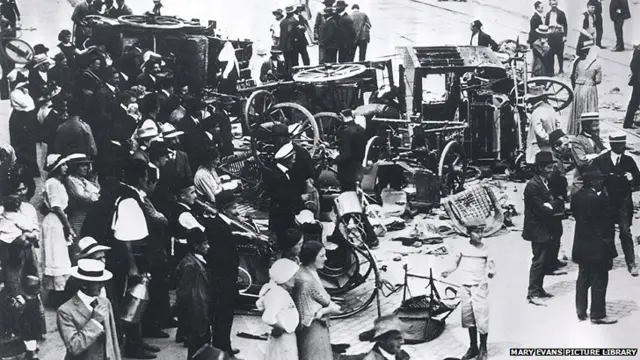 Image source, Mary Evans Picture Library
Image source, Mary Evans Picture LibraryNewspaper front pages have been pinned up on walls and crowds of people are gathering around them. Flags are flying at half mast.
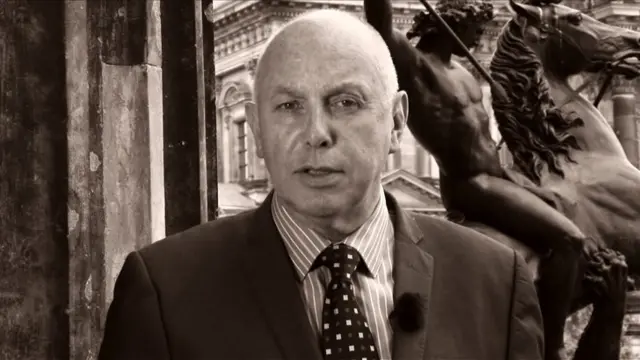
Berlin correspondent Stephen Evans.
Watch the full report on the Key Video tab above.
The timing is all the more odd when you consider how sympathetic Franz Ferdinand was, in general.
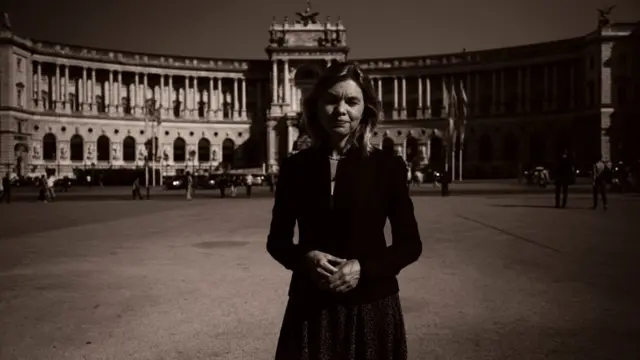
Vienna correspondent Bethany Bell.
Watch the full report in the Key Video tab above.
Here at the Foreign Office in London there has been dismay at the assassination in Sarajevo.

Diplomatic correspondent Bridget Kendall.
Watch the full report in the Key Video tab above.
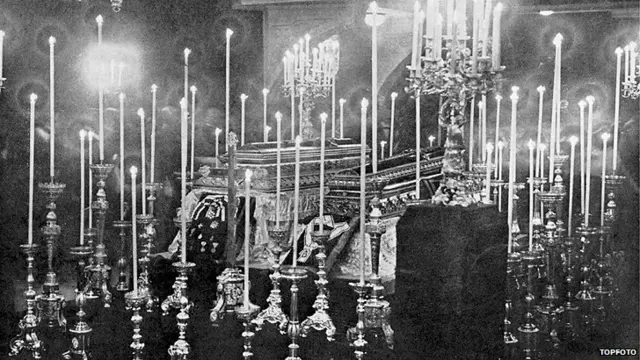 Image source, Topfoto
Image source, TopfotoThe funeral of Archduke Ferdinand and Duchess Sophie took place in Vienna on Friday 3 July 1914.
Royal households across Europe ordered periods of official mourning. However, no foreign representatives were invited to the funeral.
Sophie's coffin was set half a metre lower than her husband's. In a further snub, the couple's children were excluded from the service, deemed unworthy to share a church with the Imperial Household.
As the bodies were moved from the chapel to be taken on the journey to their burial place, hundreds of aristocrats spontaneously joined the procession to the train station, walking behind the coffins in an act of open defiance of the couple's treatment.
Archduke Ferdinand and Duchess Sophie were buried after a second, low-key ceremony at Artstetten, 60 miles west of Vienna, in identical white marble tombs, created at the insistence of the archduke so they could be buried together when they died.
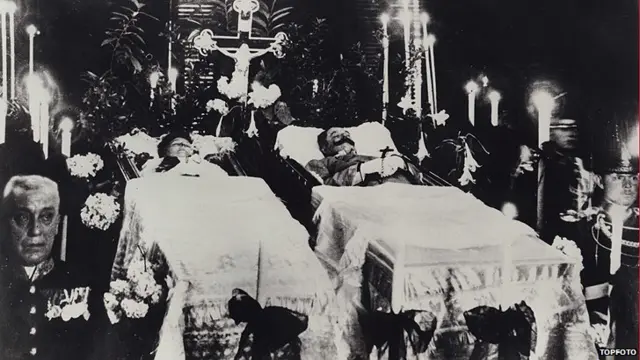 Image source, Topfoto
Image source, TopfotoNine men had set out to kill the archduke that day. Only two made an attempt on his life, Nedjelko Cabrinovic and Gavrilo Princip. Both were immediately arrested and, under questioning, eventually gave up the names of their co-conspirators.
Tried for treason and murder, eight were found guilty (one remianing conspirator escaped to Serbia before the trial) and three of the men were executed. Princip and Cabrinovic were too young to face death under Austro-Hungarian law and received the maximum term possible of 20 years imprisonment.
They would not see the end of the war their actions triggered. Cabrinovic died in prison from tuberculosis in January 1916, 13 days before his 21st birthday. Princip died on 28 April 1918, also of tuberculosis.
Just teenagers on the day of the attack, Princip and Cabrinovic were members of Young Bosnia, a loosely coordinated group of Serb nationalists made up mainly of high school students. Supplying and aiding the assassination plot was the Black Hand, an extensive and well-orchestrated organisation with connections to the top ranks of the Serbian military.
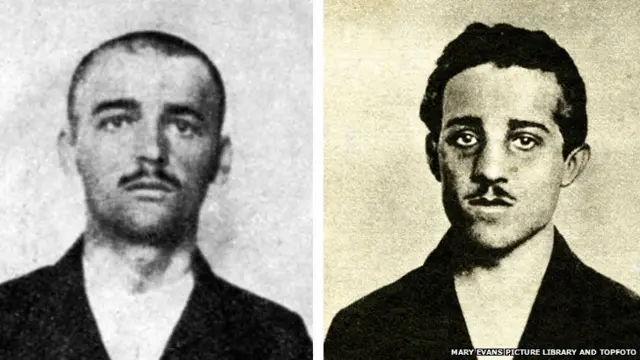 Image source, Mary Evans Picture Library and Topfoto
Image source, Mary Evans Picture Library and TopfotoNedjelko Cabrinovic (left) and Gavrilo Princip
The world did not know it, but the fault lines of Europe had started to show. Princip's bullet had lodged at the heart of Europe's precarious peace. Within 37 days, the most powerful and far-reaching empires of the age would be engaged in the first truly global conflict.
What happened to lead the world to war?
DAY BY DAY
37 days timeline: Follow a timeline of the events that led to war in 1914.
How close did the world come to peace in 1914?: Professor Margaret MacMillan looks at the accidents of history in summer 1914.
Radio 4 series, 16:55 daily to 8 August: Professor Margaret MacMillan follows the news, as it happened across the world, on the road to war.
Continued coverage of the BBC World War One centenary season can be found at bbc.co.uk/ww1 and on Twitter @bbcww1, external